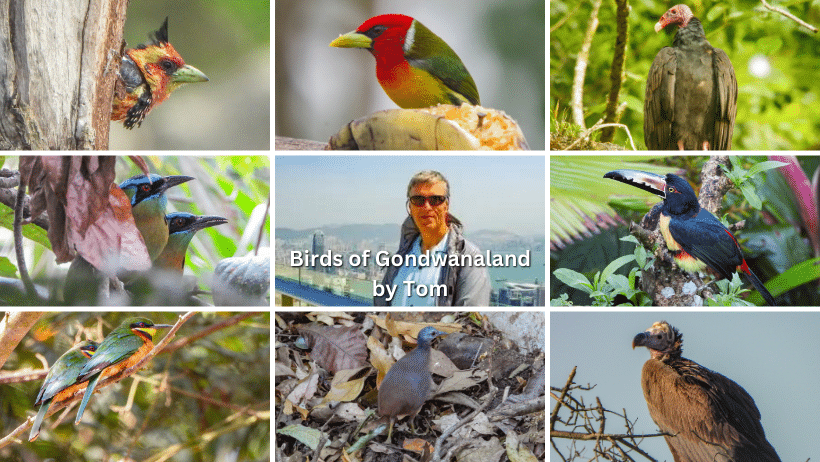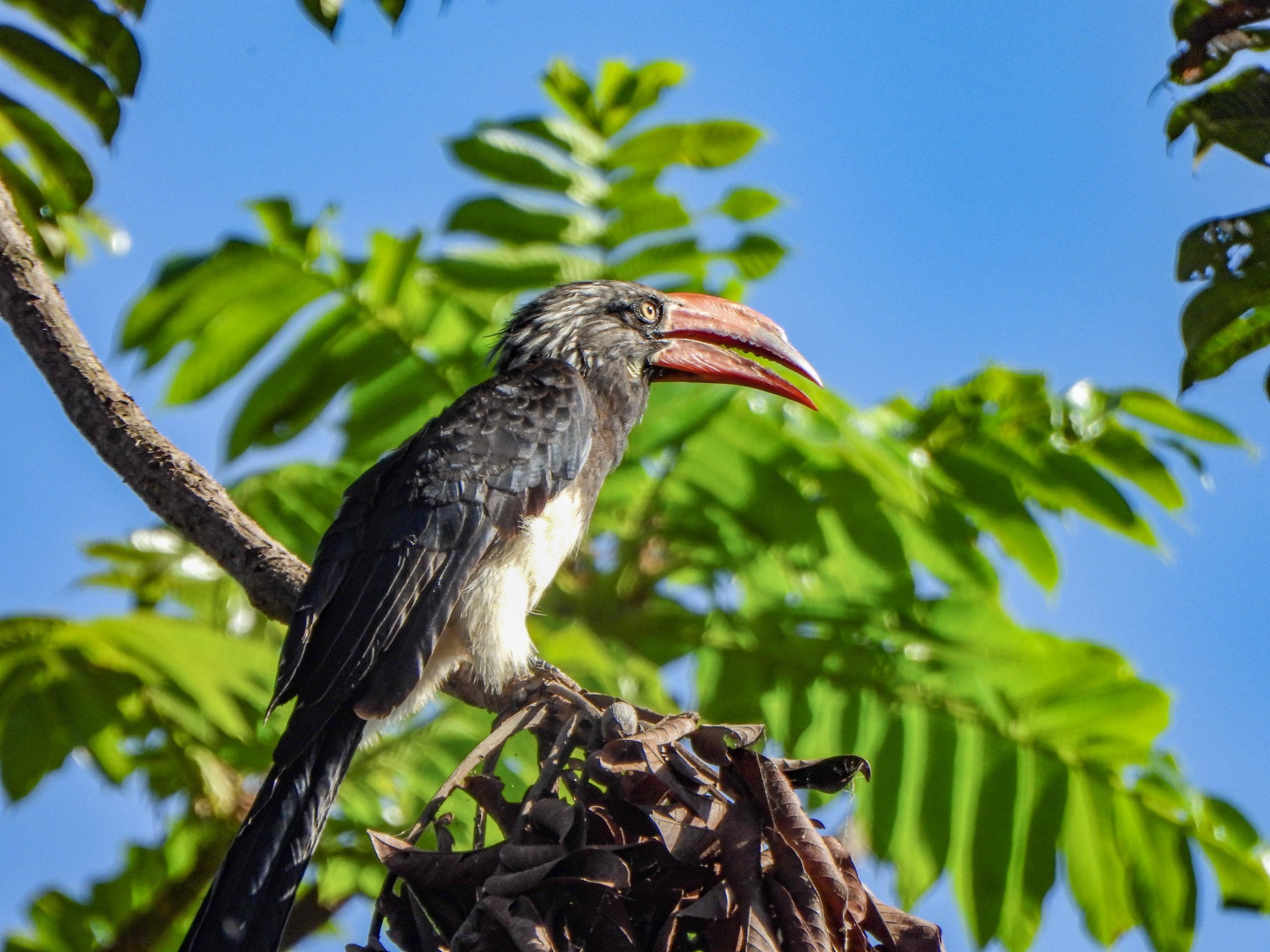
Birds of Gondwanaland?
Next time you are at a bird feeder in Costa Rica, or walking in the jungle, enjoy the knowledge that flying all around you is a living history of the planet. As someone with a degree in geology and a passion for birds, I’ve found it a real joy to uncover this knowledge.
What do geology and birds have to do with each other? And what’s the historical relevance in Costa Rica? Stay with me.
Living in Costa Rica helps you quickly understand how the earth moves under your feet. The active seismic nature of this part of the world demonstrates that the planet is not static — that the very continents are moving. This geologic process, called plate tectonics, describes the movement of the earth’s land masses. Geologists have used this knowledge to reconstruct the motion of the continents backwards in time, as depicted in the featured video.
Supercontinent splits
If you trace the movements of the earth’s continents backward, about 550 million years ago there was only one land mass on the planet, known as the supercontinent of Pangea. About 200 million years ago this supercontinent split in two. What is now South America joined together with Africa, Antarctica, Australia and Zealandia, Arabia and India to form the supercontinent that geologists have named Gondwanaland. North America and Eurasia formed the other supercontinent called Laurasia.
This sets the stage for birds in Costa Rica becoming part of the picture. What is fascinating is that botany and zoology back up the geologic theory of Gondwanaland’s formation. Plants around the world can be traced via DNA to common Gondwanic ancestors, validating the theory. One example are the laurel forests found in Chile and also New Zealand.
Perhaps the most amazing discovery is that the history and breakup of Gondwanaland can be traced through birds — including many found right here in Costa Rica.
Costa Rica is a relatively new land mass, only about 11 to 18 million years old. Therefore, it got populated by bird species from South America — part of Gondwanaland — and then North America, which was not part of Gondwanaland. Many of the bird species in Costa Rica have a Gonwanic origin. Many do not. Both tell really interesting, albeit different, stories of our planet’s existence.
One of the most beautiful, and easiest-seen, bird species here is the motmot. These stunning birds do have a unique appearance. But now take a closer look at their long tails, beautiful coloration and habit of making nests in the side of hills — and make comparisons with birds elsewhere. You then discover that the motmot is similar to the bee-eaters and rollers of Africia and Asia. DNA tests revealed that they actually do share a common ancestor.
If you are lucky in the mornings around stream beds, you’ll hear, and sometimes see, the tiny quail-like tinamous that are found here in Costa Rica. When they performed DNA tests on these birds, researchers discovered they are closely related to birds such as the kiwi in New Zealand.
One further example happens to be one of the most beautiful birds to be seen here in Costa Rica — the sunbittern. This rare type of bird has only one living relative: the kagu, found in of all places, Papua New Guinea.
Looks deceive
So, do all birds here in Costa Rica trace their genealogy back to Gondwanaland? This is where it gets a bit complicated and perhaps surprising. Some birds here look like they should be related, but they actually are not. Costa Rican vultures are not in any way related to the vultures found in Africa and Asia. The beautiful barbets here are not related to the African barbets, even if they look alike. Barbets here are actually related to toucans, and toucans look similar to the hornbills of Africa and Asia.
Vultures here in Costa Rica come originally from North America (remember Laurasia?), where they developed separately from the ones rooted in Gondwanaland. The barbets and toucans developed in South America after it split from Africia when Gondwanaland broke into pieces, while their look-alike counterparts developed in Africa. But if they look alike and act alike, why are they not related?
When two species look or behave alike but share no DNA, it is attributed to a theory known as convergent evolution. This theory states that if you have a similar environment, and ecosystems, similar species will evolve to fill similar ecological niches. So, while Costa Rican toucans look like African and Asian hornbills, and the barbets and vultures here look similar to their counterparts, they are not from a common Gondwanaland ancestor. Rather, they developed to look and act alike because of nearly identical ecosystems and environments.
No matter what kind of Costa Rican bird next catches your eye, you can now marvel from a deeper and wider perspective.
Six birds in digital magazine:
1-Cinnamon Chested Bee Eater
2-Lesson’s motmot
3-Crested barbet
4-Red-headed barbet
5-Collared aracari
6-Turkey vulture










